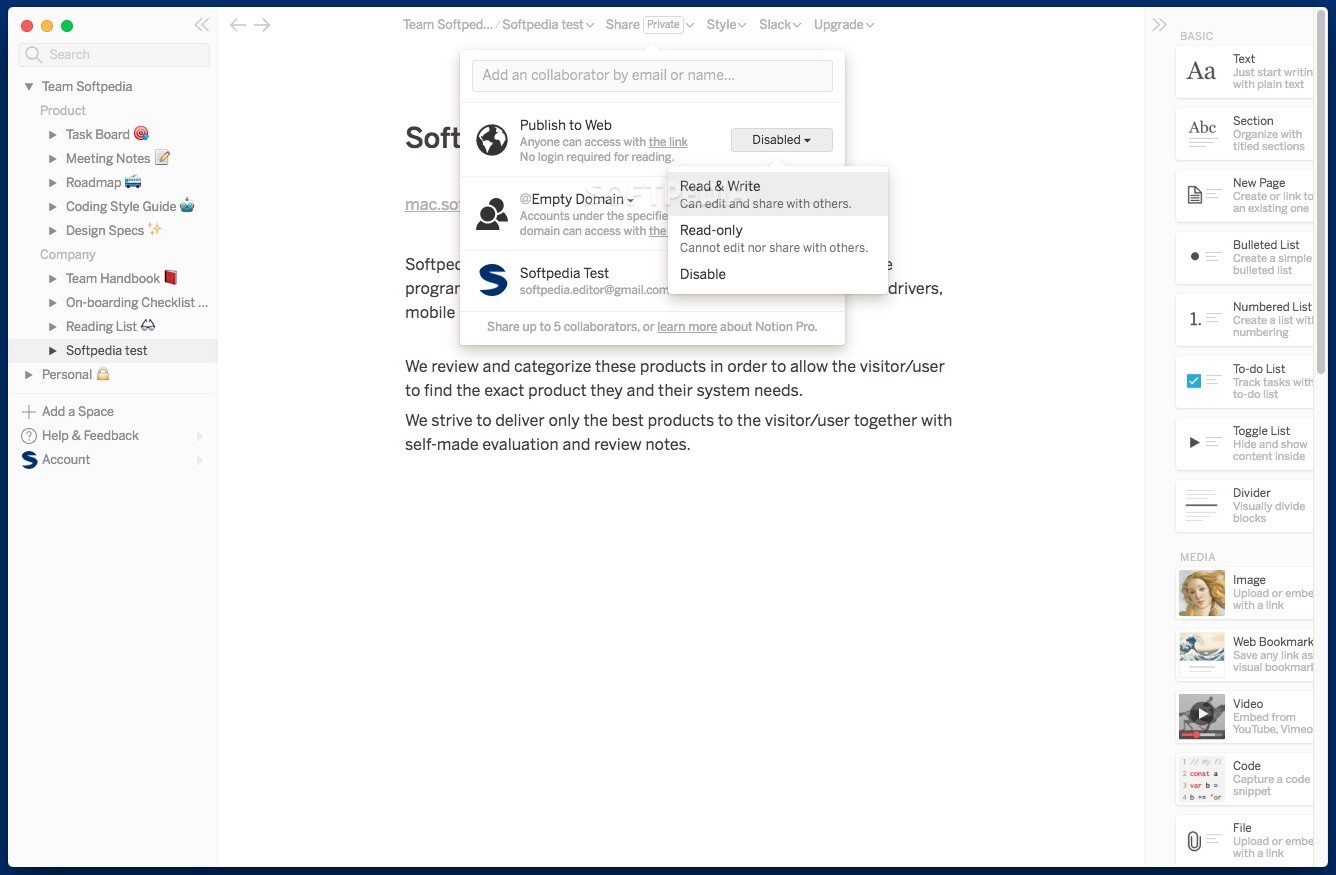

These collaborative Loop components have been the dream of Microsoft for the past couple of years, and it’s clear the company has been adjusting how Loop works to fit the realities of pandemic life. Microsoft’s Loop components can live across multiple apps. Not everyone even needs to be part of the entire Loop page, as the individual components could be edited in real time from other apps. It’s like a modern version of a whiteboard but far more powerful because you can insert and share components that people have created outside of Loop. Loop pages are the individual canvases where people can share and collaborate on Loop components. Think of it as a modern File Explorer, where everything is live and collaborative. It’s almost like a project board, where you can see a list of all Loop components and Loop pages and who is currently working on them. These components can also exist in the main Microsoft Loop hub, inside what Microsoft calls shared Loop workspaces. Microsoft’s new Loop app brings together all of its Fluid component work.


That could be a list shared in a Teams channel and also editable in a Loop page, or notes in a calendar entry that are also available to be pasted into Outlook and edited in real time within an email.
NOTION FOR MAC EXCHANGE FREE
Loop components are live pieces of content that can exist across multiple apps, updated in real time and free for anyone to jump into. Much like Fluid, Microsoft Loop has three main elements: Loop components, Loop pages, and Loop workspaces. Microsoft Loop is the new branding for Microsoft’s Fluid work, blocks of collaborative Office content that can live independently and be copied, pasted, and shared with others. The biggest change to Microsoft’s Office documents in decades is expanding into Microsoft Loop, a hub for a new way of working in Office.


 0 kommentar(er)
0 kommentar(er)
